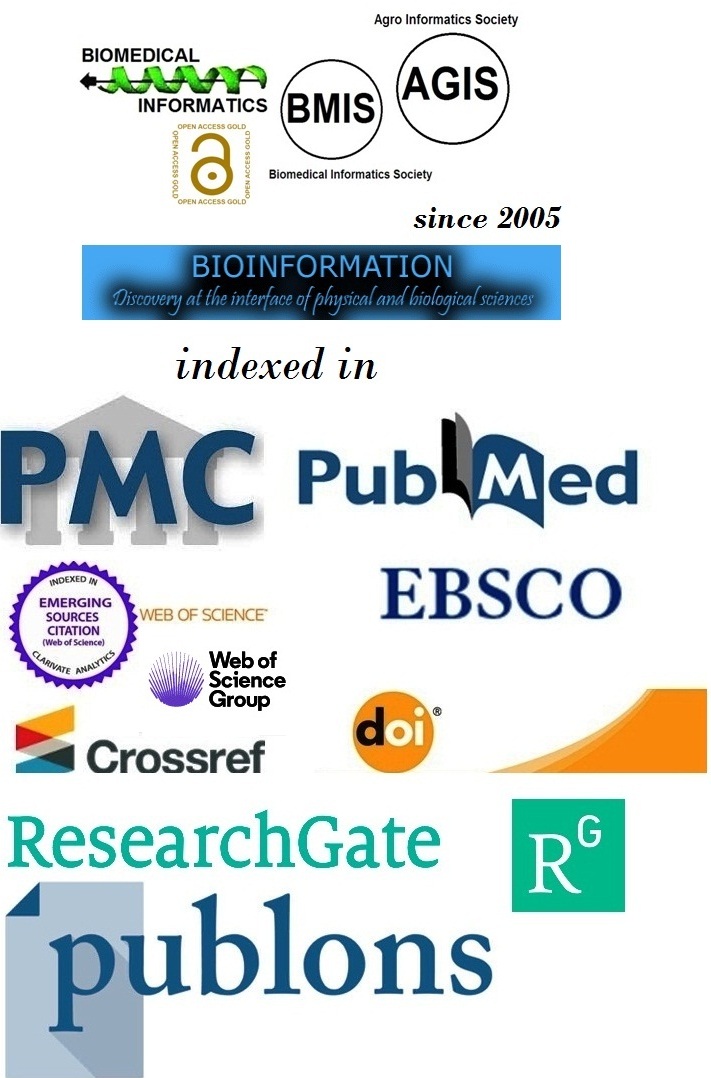Title
Quantitative assessment of temporomandibular joint space in bruxers before and after occlusal splint therapy: A CBCT and MRI-based study
Authors
Chirag R Vaniya1, Suvansh Gupta2*, Sourav Sen3, Neha Bhadoria4, Sadananda Hota5 & Sneha Sinha6
Affiliation
1Department of Prosthodontics and Crown & Bridge, Government Dental College and Hospital, Jamnagar, Gujarat, India; 2Department of Orthodontics and Dentofacial Orthopedics, Genesis Institute of Dental Sciences & Research, Ferozpur, Punjab, India; 3Department of Public Health Dentistry, Maharishi Markandeshwar College of Dental Sciences and Research, Mullana, Ambala, Haryana, India; 4Department of Pedodontics and Preventive Dentistry, Index Institute of Dental Sciences, Malawanchal University, Indore, Madhya Pradesh, India; 5Department of Prosthodontics, Kalinga Institute of Dental Sciences, KIIT Deemed to be University, Bhubaneswar-751024, Odisha, India; 6Consultant Prosthodontist and Implantologist, Pune, Maharashtra, India; *Corresponding author
Chirag R Vaniya - E-mail:
chirag.vaniya011@gmail.com
Suvansh Gupta - E-mail: smileuniversedental@gmail.com
Sourav Sen - E-mail: drsouravsen@gmail.com
Neha Bhadoria - E-mail: bhadorianeha01@gmail.com
Sadananda Hota - E-mail: drsadahota@gmail.com
Sneha Sinha - E-mail: sinhadrsneha@gmail.com
Article Type
Research Article
Date
Received June 1, 2025; Revised June 30, 2025; Accepted June 30, 2025, Published June 30, 2025
Abstract
Occlusal splint therapy is a widely utilized conservative intervention for managing bruxism-associated myofascial pain and temporomandibular joint (TMJ) dysfunction. A prospective observational study evaluated 112 patients using Cone Beam Computed Tomography (CBCT) and Magnetic Resonance Imaging (MRI) at baseline and after six months of nocturnal splint therapy to assess osseous and soft tissue TMJ changes. Thus, occlusal splint therapy effectively promotes joint space normalization and soft tissue recovery in bruxism patients with TMJ myofascial pain, irrespective of age and gender differences.
Keywords
Bruxism, temporomandibular joint disorders, occlusal splints, magnetic resonance imaging (MRI)
Citation
Vaniya et al. Bioinformation 21(6): 1760-1765 (2025)
Edited by
P Babaji
ISSN
0973-2063
Publisher
License
This is an Open Access article which permits unrestricted use, distribution, and reproduction in any medium, provided the original work is properly credited. This is distributed under the terms of the Creative Commons Attribution License.
